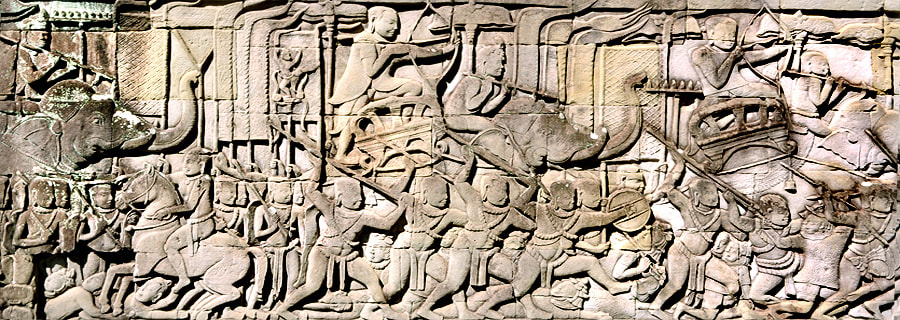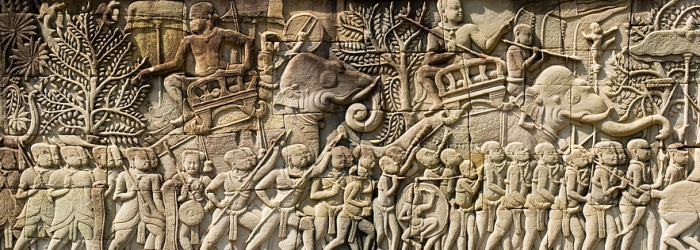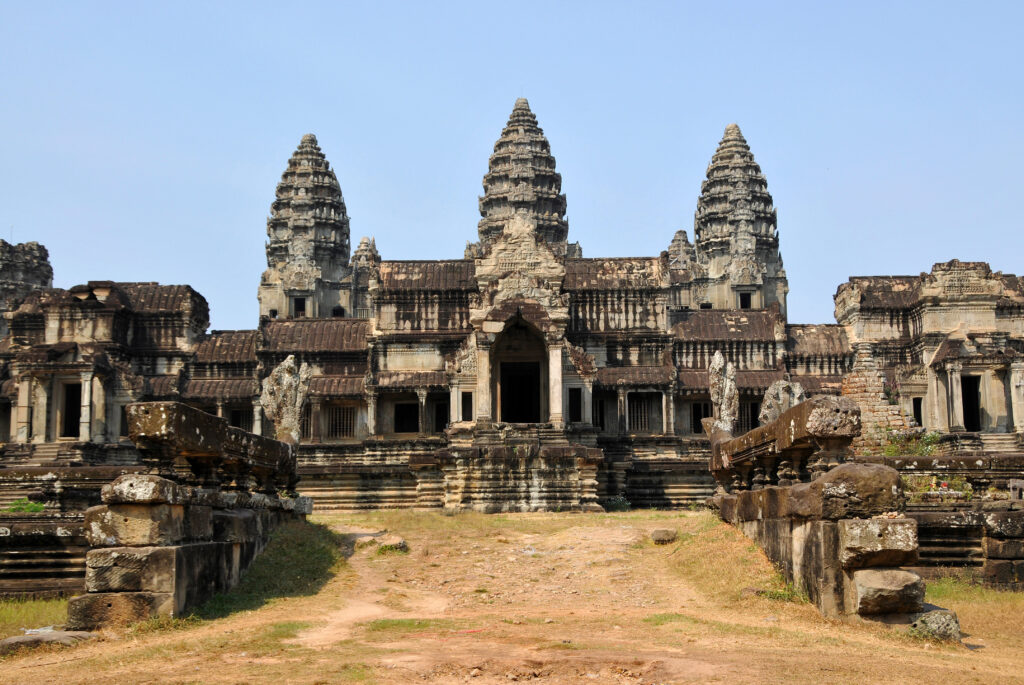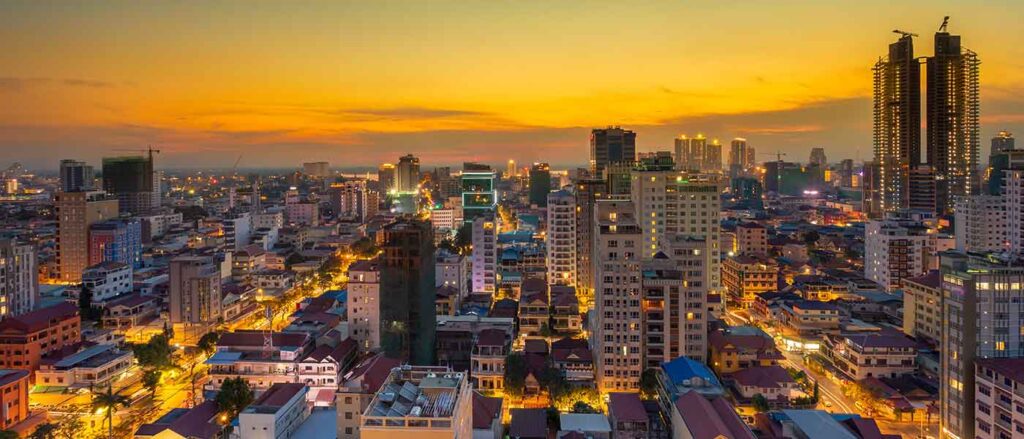Khmer history is rich and complex, stretching back over a millennium. The Khmers, the ethnic group primarily associated with Cambodia, boast a heritage that has significantly influenced Southeast Asia. The foundation of Khmer history is often linked to the establishment of the Funan Kingdom, which emerged around the 1st century CE. This early state thrived on trade, agriculture, and cultural exchange, laying the groundwork for future Khmer civilization.

By the 9th century, the Khmer Empire, also known as the Angkor Empire, rose to prominence under the rule of King Jayavarman II. He declared himself a deity-king, uniting various tribes and establishing Angkor as the capital. This period, lasting from the 9th to the 15th centuries, is marked by the construction of awe-inspiring temples, most notably Angkor Wat, which remains a symbol of Cambodia today. The empire expanded its influence across much of Southeast Asia, engaging in trade and cultural exchanges with neighboring regions.
The Khmer Empire peaked during the reign of King Suryavarman II and later King Jayavarman VII, notable for their architectural and religious contributions, particularly the expansion of the temple complex and the promotion of Buddhism. However, the empire faced challenges, including internal strife, resource depletion, and invasions from the Thai and Cham kingdoms.

By the 15th century, the Khmer Empire began to decline, eventually leading to a loss of power and territory. The subsequent centuries saw Cambodia fall under foreign domination, including periods of Thai and French colonial rule. The 20th century brought further turmoil, particularly during the Khmer Rouge regime in the 1970s, marked by genocide and mass violence.
Today, Cambodia reflects on its rich cultural heritage, striving to preserve its history while navigating the complexities of modernity. The resilience of the Khmer people continues to shape the nation’s identity.

Look at Phnom Penh City of Cambodia



